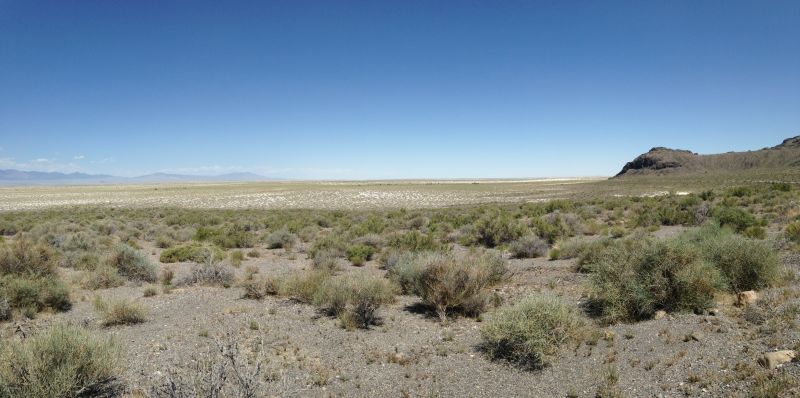Daniel Contreras on Identifying Human Responses to Holocene Climate Change
Published: 31 January 2021
Wednesday 3 February 2021
Wednesday 3 February 2021 at 4pm
Daniel Contreras, University of Florida: Identifying Human Responses to Holocene Climate Change: Population, Environment, and Landscape Taphonomy in the Bonneville Basin, Utah
Archaeologists commonly seek to address climate change in the human past, often by relating past populations and shifting climates. Climate changes are commonly argued to cause population crashes through famine or out-migration, and/or to enable population booms by expanding agricultural niches. In these arguments, assemblages of archaeological radiocarbon dates have become an increasingly popular tool for reconstructing past demography. This popularity can be seen as founded on both desperation (demography is fundamental to assessing the effects of climate change) and optimism (the relationship between radiocarbon and population is attenuated at best). One key issue is that taphonomic effects have the potential to mask some population responses and exaggerate others, as the relative frequencies of archaeological radiocarbon dates from different periods can be structured not only by population size but by preservation biases. This talk discusses the use of coupled geomorphic and archaeological data to assess the effects of landscape taphonomy in the Bonneville Basin, examining the potential consequences for interpretations of human responses to Holocene climate change. See less
First published: 31 January 2021
<< 2021


